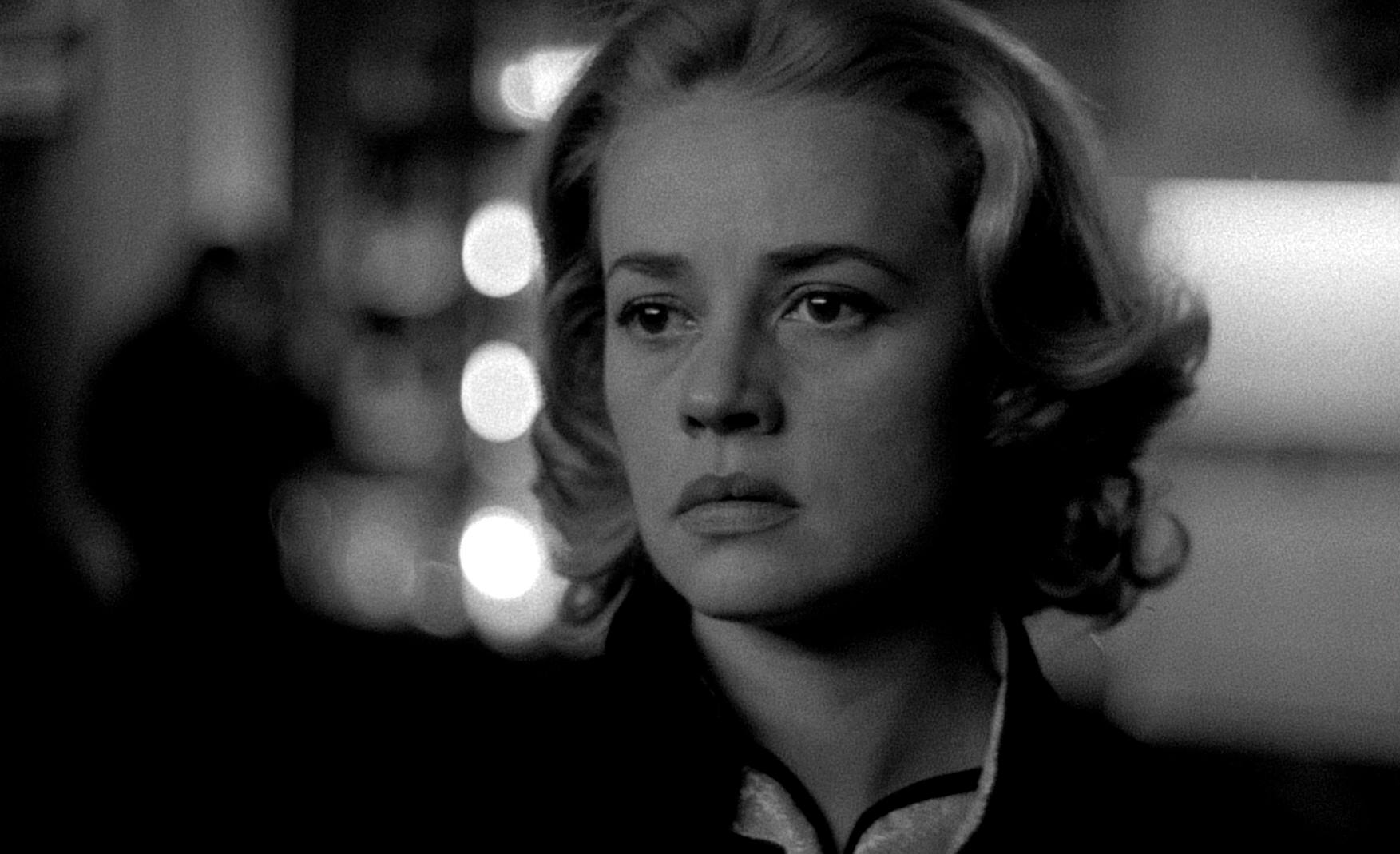 Elevator to the Gallows
(1958)
Elevator to the Gallows
(1958)
Below are links to reviews and further info from selected film sites. Links surrounded by a solid border lead directly to a page about this movie on that site. Links surrounded by a dashed border lead to a Google search for this exact movie title on that site. You may find it more efficient to open these links in separate browser tabs. Click Show More / All / Default to see more available links or return to the standard default selection. More (or fewer) choices of links can be selected via Options, and you can save your personal defaults (requires login).
Ascenseur pour l'échafaud is a 1958 French film directed by Louis Malle. It was released as Elevator to the Gallows in the USA and as Lift to the Scaffold in the UK. It stars Jeanne Moreau and Maurice Ronet as criminal lovers whose perfect crime begins to unravel when Ronet is trapped in an elevator. The film is often associated by critics with the film noir style. According to recent studies, it introduces very peculiar narrative and editing techniques so that it can be considered a very important experience at the base of the Nouvelle Vague and the so-called New Modern Cinema. The movie presents also unique and completely new solutions in the history of cinema in the relationship between music and image. The score by Miles Davis has been described by jazz critic Phil Johnson as "the loneliest trumpet sound you will ever hear, and the model for sad-core music ever since. Hear it and weep."

